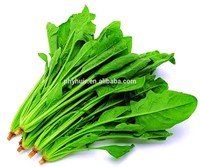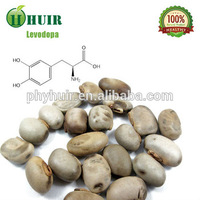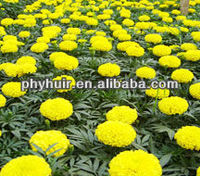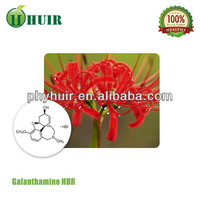HUIR pure natural 100% natural Rutin
Product Quick Detail
- FOB Price
- USD $35.00 / Piece
- Minimum Order
- 1
- Place Of Origin
- china
- Packaging
- 25kg/drum, 1kg/vaccum bag, or depend on the customer's needs.
- Delivery
- 3 Days
Specifications
Product name: Rutin
RUTIN:
Rutin Original Plant: Sophora Japonica
Rutin Specification:EP8.0/DAB
Rutin Synonym(s):Rutoside, quercetin-3-rutinoside and sophorin
Rutin Chemical Name:3-[[6-O-(6-Deoxy-alpha-L-mannopyranosyl)-beta-D-glucopyranosyl]oxy]-2-(3,4-Rutin
dihydroxyphenyl)-5,7-dihydroxy-4H-1-benzopyran-4-one;C.I.75730
Molecular Formula:C27H30O16
Rutin Molecular Weight:610.53
Rutin CAS No.:153-18-4
Rutin EINECS No.: 205-814-1
Rutin Melting Point: 176°C-178°C
Rutin Solubility: Lightly soluble in water,soluble in hot methanol(1:7).
Rutin Appearance: Light yellow needle-shaped crystal.
Pharmacology Action
Rutin is a bioflavonoid,has strong antioxidant properties. Rutin has also the property to chelate metal ions, such as iron, thereby reducing the Fenton reaction (production damaging oxygen radicals). Rutin also seems to stabilize vitamin C. If rutin is taken together with vitamin C, the activity of ascorbic will be intensified.
Rutin is important because it strengthens capillaries and can help people who bruise or bleed easily. Studies have demonstrated that rutin can help to stop venous edema, that is an early sign of chronic venous disease of the leg.Rutin has anti-inflammatory effects. Animal studies have shown that rutin has preventive and healing effects.
There are indications that rutin can inhibit some cancerous and pre-cancerous conditions.
Rutin may help to prevent atherogenesis and reduce the cytotoxicity of oxidized LDL-cholesterol.
- Country: China (Mainland)
- Founded Year: 2006
- Contact: kay lu











